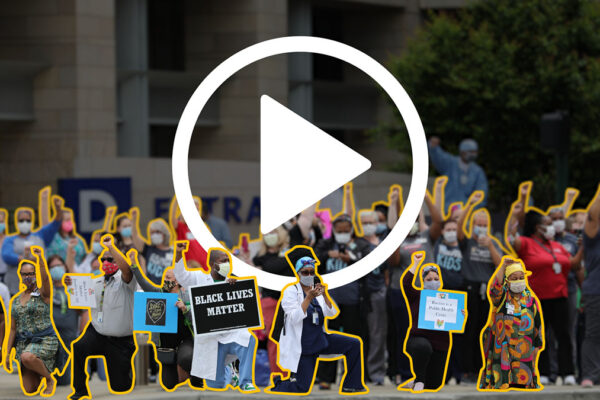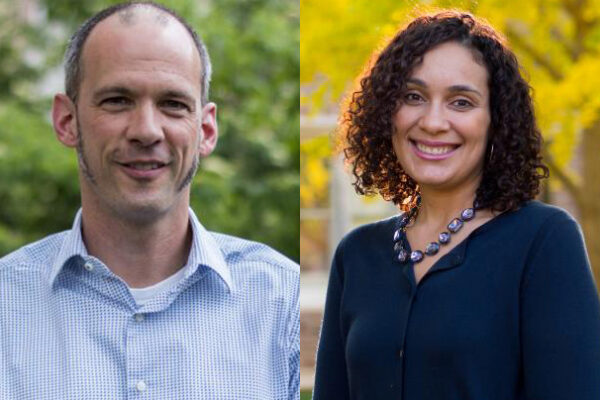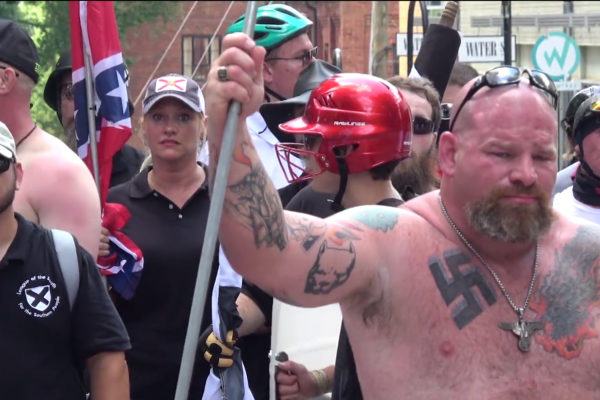Using popular social media networks and under-the-radar memes and phrases, hate movements are able to organize and gain appeal, a Washington University in St. Louis expert says.
The most recent hate movement to emerge from social networks is an anti-government movement — referred to as “boogaloo” by supporters — that is plotting violence against minorities, police and public officials.
“In contrast to traditional cases like the KKK, boogaloo has primarily coalesced online and in a decentralized manner. Its impact is potentially farther-reaching, as it can attract adherents wherever they may reside without requiring in-person commitments or a public expression of support for extremism,” said David Cunningham, chair of sociology in Arts & Sciences and a nationally recognized expert on white-supremacist groups and racial contention.
“Without in-person connections, regular gatherings and dues that conventional organizations use to secure stability and commitment among their members, though, movements like boogaloo are also fragile and often ephemeral.”
According to Cunningham, the latest data from the Southern Poverty Law Center show that growth in the number of hate organizations has been outstripped by the sharp increase in hate incidents since 2016. “Under the Trump administration, white supremacists feel a new license to act,” he said his research has found.
“Under the Trump administration, white supremacists feel a new license to act”
David Cunningham
The internet has also made it easier for younger people to become involved with hate groups. “The old stereotype of older white nationalists is no longer true. There’s more diversity in terms of economic standing and geography within these groups than people may think,” he said.
Boogaloo reportedly targets liberal political opponents, often in response to a perceived threat of widespread gun confiscation. Cunningham said this response is in line with other hate group movements.
“Throughout history, the appeal of hate groups has grown in periods when dominant or privileged groups — white men in particular, though white women have long played a substantial role in racist organizing as well — perceive their dominant societal positions as less secure,” Cunningham said. “This insecurity can be a product of other groups’ ascendance or due to a perceived loss of economic/political ‘purchase’ associated with their status.”


